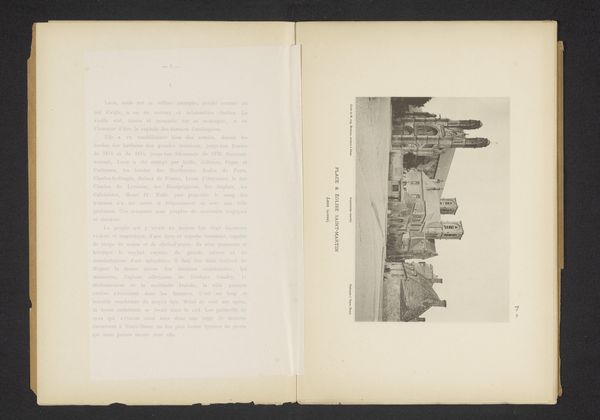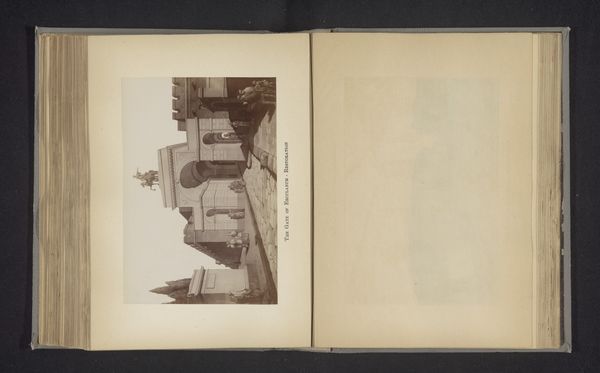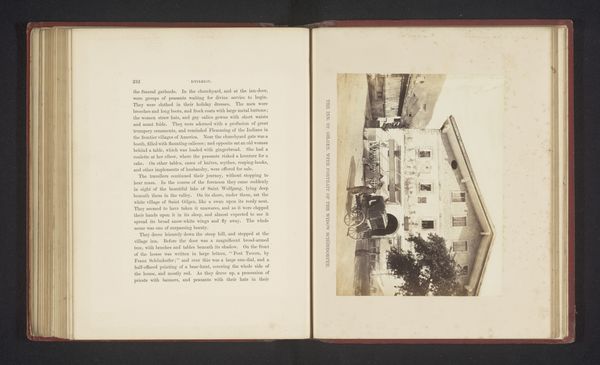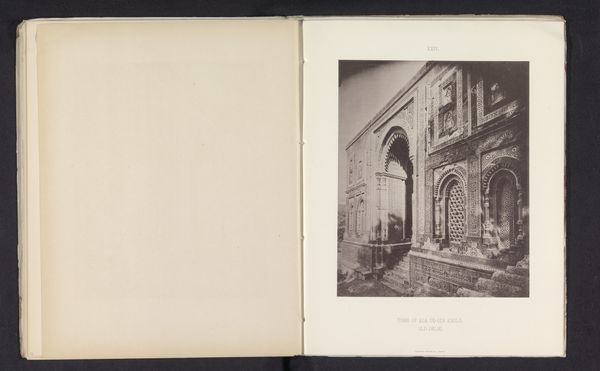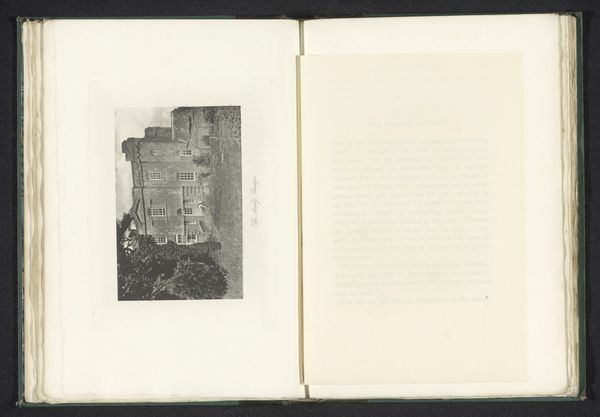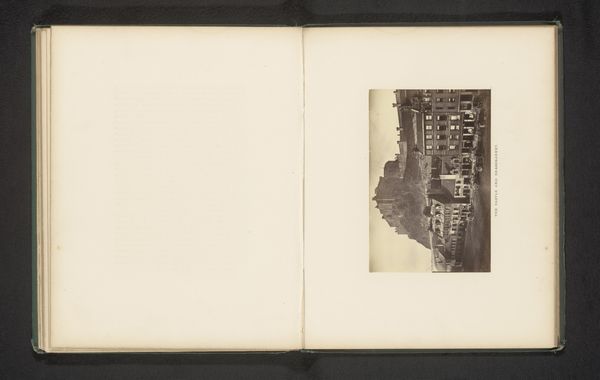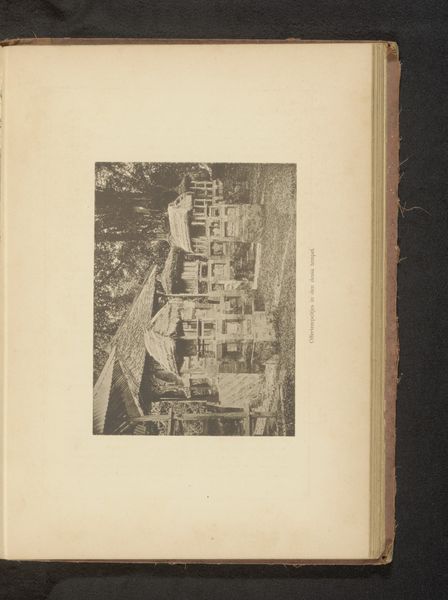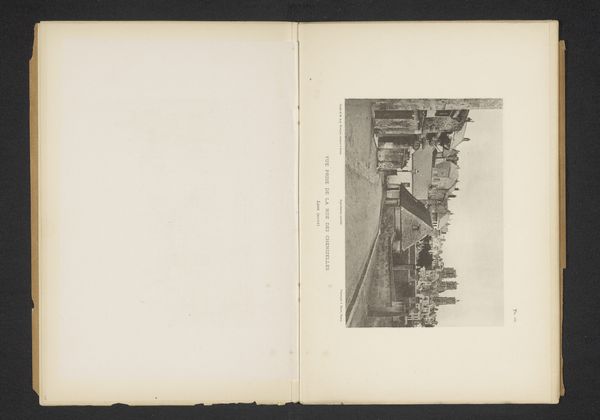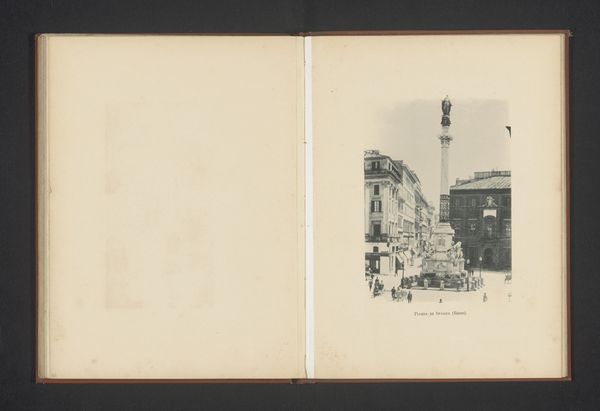
Gezicht op de zuidkant van ruïnes van het Zomerpaleis en Gezicht op de noordkant van ruïnes van het Zomerpaleis before 1897
0:00
0:00
print, photography, collotype, albumen-print
# print
#
landscape
#
house
#
photography
#
collotype
#
ancient-mediterranean
#
orientalism
#
cityscape
#
albumen-print
Dimensions: height 216 mm, width 154 mm
Copyright: Rijks Museum: Open Domain
These photographs by Jules Royer capture the ruins of the Summer Palace, revealing more than just physical destruction. The architecture itself, with its layered structures ascending the landscape, echoes a reaching towards the heavens, a motif found in ziggurats and temples across civilizations. But what do ruins signify? They are a potent symbol of transient glory, a memento mori reminding us that even the grandest empires crumble. This iconography of decay has been a recurring theme throughout art history, from Romantic landscapes depicting fallen castles to contemporary installations using reclaimed materials. Consider the emotional impact: ruins evoke a sense of loss, of vanished splendor, but also a feeling of resilience. Nature reclaims the space, and new life emerges from the debris, echoing the cyclical nature of time. Perhaps, subconsciously, we see our own mortality reflected in these stones, a reminder of life's impermanence that resonates deeply within our collective memory.
Comments
No comments
Be the first to comment and join the conversation on the ultimate creative platform.


